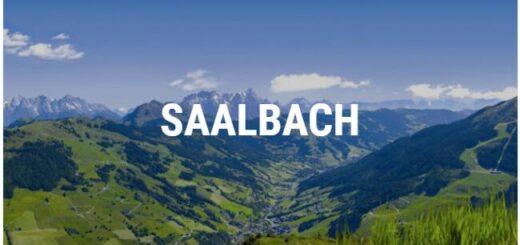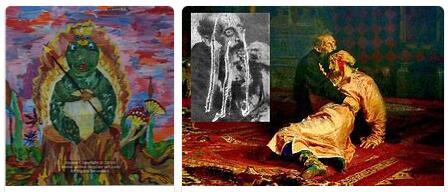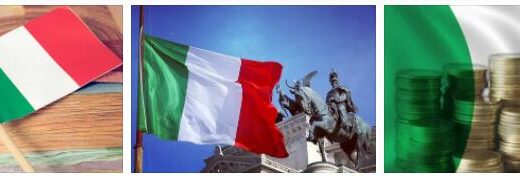Pannonhalma Benedictine Abbey (World Heritage)
The Pannonhalma Monastery was founded in the 10th century as the first Hungarian Benedictine monastery. The complex, which has been expanded several times, is now considered a masterpiece of Hungarian classicism. The monastery was the starting point for the Christianization of Hungary and is still managed by monks today.
Pannonhalma Benedictine Abbey: facts
| Official title: | Pannonhalma Benedictine Abbey |
| Cultural monument: | also known as the Archabbey of St. Martin, the oldest Hungarian Benedictine abbey on the Mons Sacer Pannoniae (“Pannonhalma” in German “Pannonia Hill”) with a classicist monastery building, late Gothic cloister and the state hall of the library, a masterpiece of Hungarian classicism (1824-32); Library holdings of around 300,000 volumes, incunabula and manuscripts, including Founding Deed of Tihany Abbey (1055) |
| Continent: | Europe |
| Country: | Hungary |
| Location: | Pannonhalma, south of Györ |
| Appointment: | 1996 |
| Meaning: | a monastery community as a »Christian messenger of culture from Central Europe« and a milestone in the Christianization of Hungary |
Benedictine Abbey of Pannonhalma: history
| 316 | According to local tradition, the birth of St. Martin, the namesake of Pannonhalma, in the Roman fort Savaria Sicca |
| 996 | first settlement of the Benedictine monks from Italy and the Břevnov monastery near Prague on the lands of Grand Duke Géza |
| 1001 | Deed of incorporation |
| 1225 | Construction of the early Gothic church consecrated |
| 1486 | Construction of the late Gothic cloister |
| 1575 | Monastery burned down by the Turks |
| 1786 | Abolition of the monastery by decree of Joseph II. |
| 1802 | Emperor Franz II recalled the Benedictines during the period of secularization |
| around 1830 | Completion of the 55 m high classical west tower and the state hall of the library |
| 1945 | in the crypt, built on the foundations of the early church consecrated in 1001, burial of Stéphanie of Belgium, widow of Crown Prince Rudolf of Austria-Hungary |
| 2011 | Burial of the urn of the heart of the emperor’s son Otto von Habsburg-Lothringen, who died on July 4th, 2011, on July 17th, 2011 in the crypt of the basilica |
Monumental picture book of Hungarian history
A few kilometers from Györ, after a summer rain, a light fog hovers over the green landscape of the small Hungarian lowlands, which is criss-crossed by rivers and streams. When the sun penetrates the haze, the majestic shape of the Archabbey of St. Martin captivates the viewer. Like a mighty seal on a huge document, the Pannonhalma monastery certifies the new home of a people who have come from afar in the heart of Europe. Visit cachedhealth.com for Hungary as a tourist country.
Father Tamás is an enlightened man, a rational clergyman who knows the world and the people – not least because of the numerous visitors who arrive at the monastery every day to familiarize themselves with the beauty, culture and monuments of this place. When Slavic and Hunnic tribes appeared in the Carpathian Basin, Tamás explains during a tour of the abbey that Arpaden prince Géza subordinated his people to the Ecclesia Romana, the community of professors of the faith of Christ, and thus integrated them into the European culture. Up here on Mons Sacer Pannoniae, as the old Latin chronicles call the abbey, Géza founded Hungary’s first denominational institution for the Benedictine order. Familiar with the life story of Saint Martin of Tours, the friars believed to recognize in the ruins on the mountain top the place where the great saint once prayed. It was Saint Martin who, as a Roman soldier, shared his cloak with a beggar, who later became a bishop, indeed one of the most important saints of France, and whose name day is celebrated every year on November 11th with burning pyre, lantern parades and goose meals.
Stephan I. sealed the deed of foundation. »For the holy prayers of the monks who helped us to victory, out of gratitude to God, for the consolation of my soul and for the strengthening of my country, on the advice of Abbot Anastasius and with his consent, we grant the monastery of St. Martin, which my father had blessedly donated the freedoms enjoyed by the monastery of St. Benedict in Montecassino «were the words of the first Christian monarch in Hungary when he granted the monastery numerous privileges. From now on, the Pannonhalma Abbey was the starting point for the founding of churches and monasteries throughout the Magyar Empire. For everyone in the country, the monastery symbolized the strengthened power of the royal family to the same extent as the privileged position of the Christian church. As one of the most important stone witnesses of more than a thousand years of Hungarian history, the stormy epochs did not leave the walls of the abbey on the Martinsberg unscathed – Mongol attacks, disputes in the Arpadenhaus, Turkish occupation, fires and reconstruction are massive today, even from afar compact building. From the original monastery building, only a few masonry remained in the three-aisled crypt. The unique library, one of the largest sacred collections in Europe, was built in the neoclassical style in the first decades of the 19th century. Tamás proudly reports that now more than three hundred students from different cities and regions of the country are studying at the local grammar school. The teachers from the Order strive to give them a Christian and European education and, of course, well-founded knowledge. Pope John Paul II emphasized the importance of Pannonhalma during his stay at the celebrations on the occasion of the millennium in front of the monks: »Your ancestors became aware through baptism that they belong to the Church. Your ancestors, the residents of ancient Pannonia, aware that they belonged to Christ, found their deeper cultural identity and became a nation in a new way. The millennium of the Pannonhalma Abbey is an organic part of this heritage. “And so, as a thousand years ago, the prayer sounds in the church:”… pro stabilitate regni nostri “-” for the continued existence of our country “.



